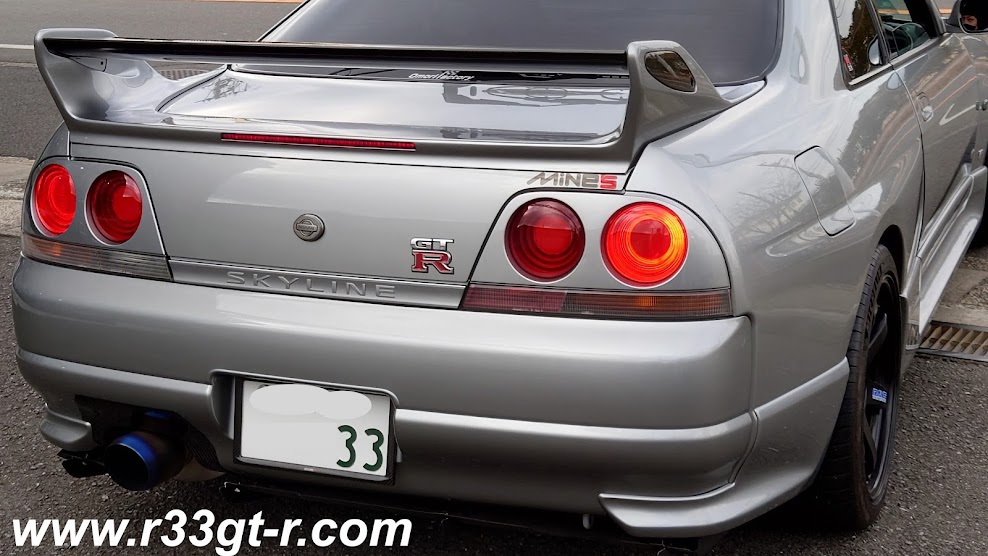Here is a bad photo, taken at night:
Part of that might be these new (gorgeous!) NISMO seat covers he recently installed, but in scrolling through his car build album on his Facebook page, I found that he has also this nifty trick to ensure that the perpetually humid Hong Kong air doesn't cause "stuff" to grow in his car and possibly cause some smells. Obviously, what separates a clean car from a pristine one (OCD approved) are the details - note clever use of the coat hangar (I'll explain why this is genius down below):
 |
| From his Facebook page. Thanks Matthew! |
Here are some of the more popular ones you can find for a few hundred yen each at your neighborhood drugstore or supermarket:
 |
| They usually come in packs of three - as they contain calcium salts which absorb water, the white granular salts get replaced with a liquid. |
 |
| Some versions also contain charcoal to further reduce smells |
 |
| Others are "flat" types that you stick directly in your clothes drawer, however these are silica gel based so the hard crystals turn mushy. Not much drying power |
 |
| This is what happens at the end - You have to punch a hole and pour out all of the liquid that's collected before disposing in the trash. Caution, this is NOT water... |
As Matthew figured out, using these desiccant products is key. However, the stuff easily found, while it works well, has a tendency to tip over and possibly spill. Thus, I was impressed by his genius in using a coat hangar to make a quick and easy custom rack to secure the desiccants around the transmission well.
Inspired, I was going to do the same thing, but then found these:
 |
| Super Compact Type! And with 350ml capacity, only 50ml less than those larger box versions! (Although yes, note Matthew's are heavy duty at 750ml!!) |
However I was still concerned that they might end up moving about and ending up in the rear footwell, where someone could knock if over.
Hence, these super compact ones are great as they should slide UNDER my front seats and fit - but how to ensure they stay there?
 |
| peeled of the inner liner, ready to absorb! |
 |
| Velcro on the underside |
 |
| Fits nicely under the passenger seat between the rail and the HDD unit for my Navi - and doesn't move! |
Of course I know the best way to prevent weird stuff buildup is to run the A/C occasionally - this also helps to lubricate all the A/C hosing/seals - but since I don't drive my car much anymore (lots of future mod planning at the moment, however), and even though my car is always parked in my covered garage, just in case, at minimum this will prevent any moisture in the air from collecting and causing any weird issues. Not that my A/C or the car smells weird, this is strictly a prevention issue.
Have a couple more posts before the end of year coming up so stay tuned!












































